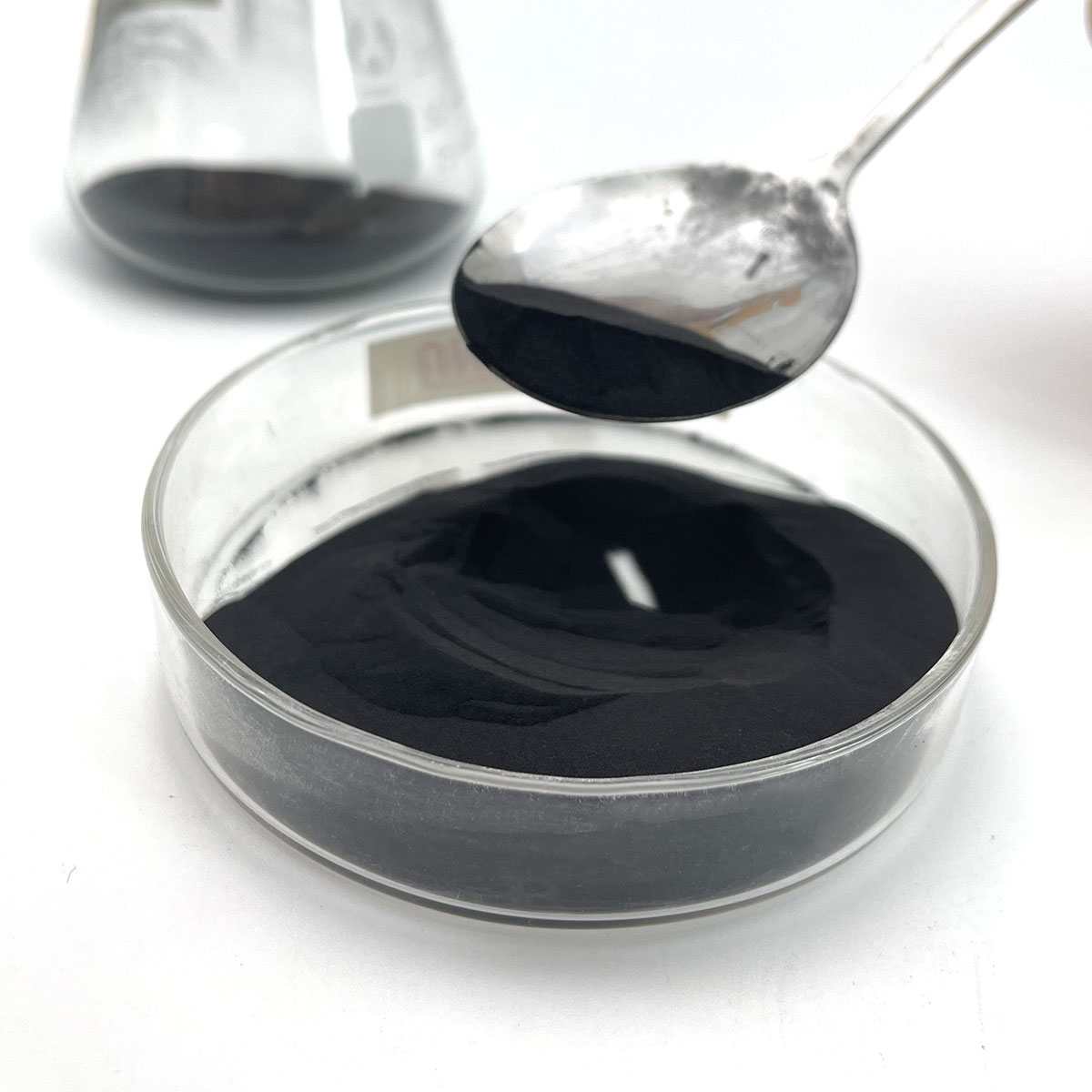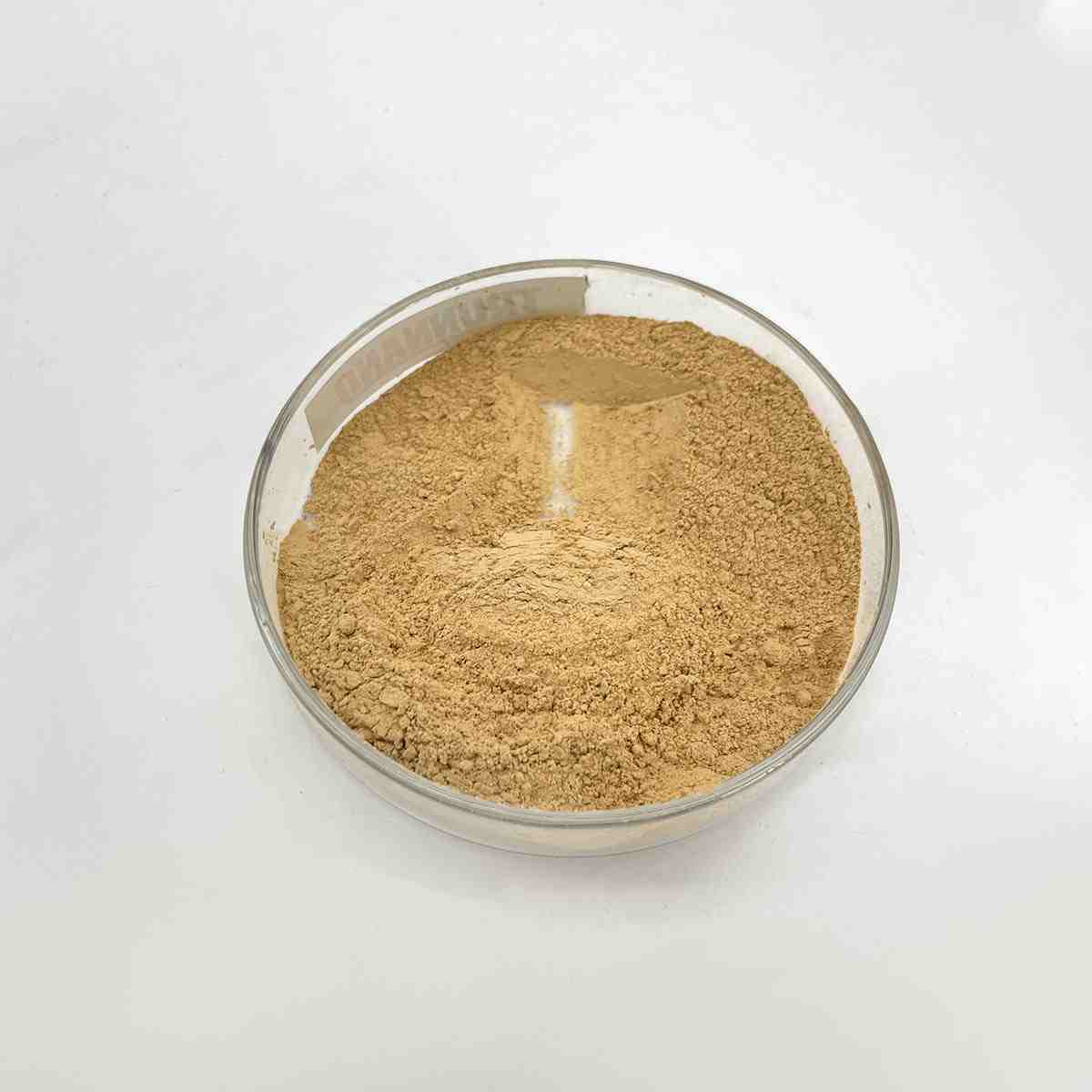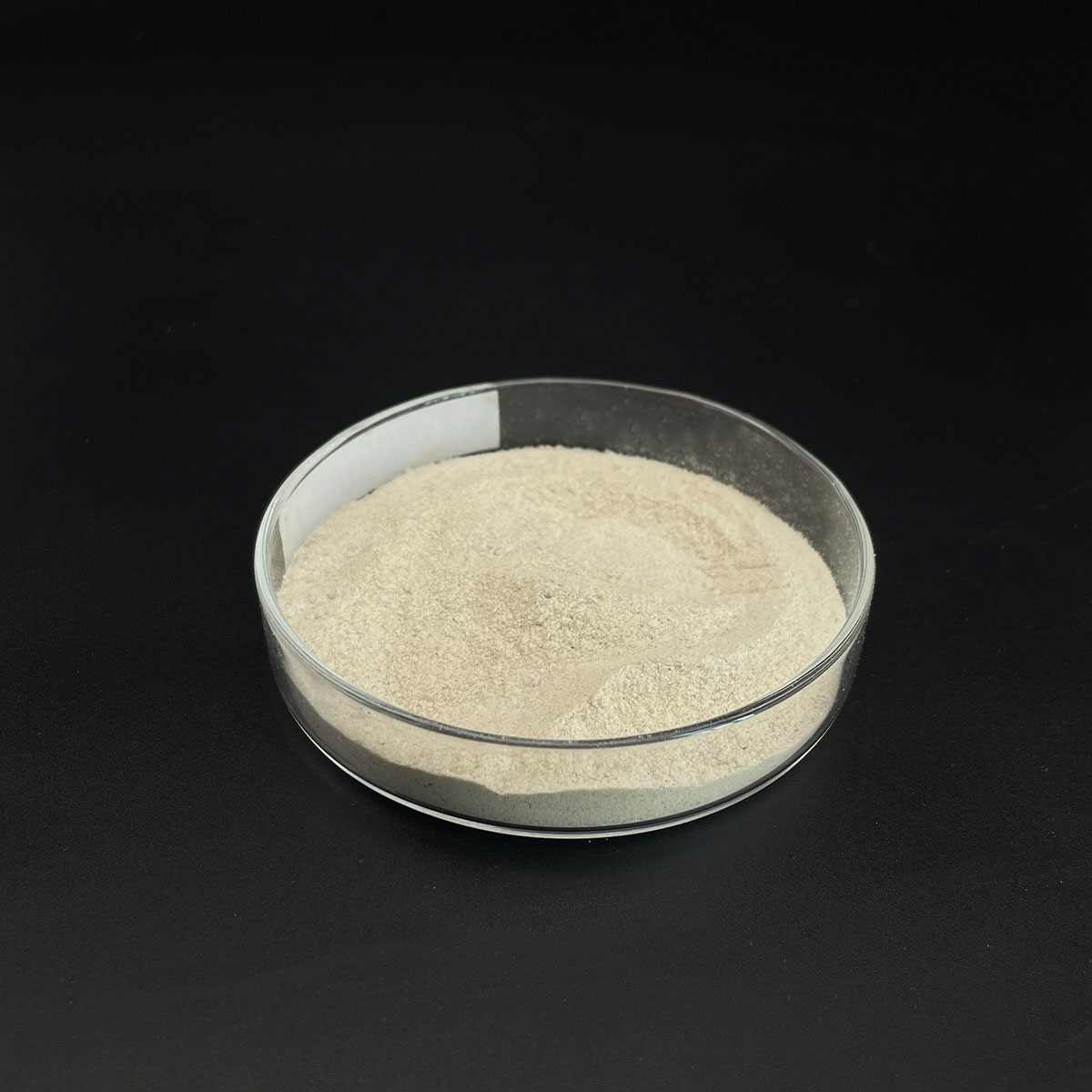Overview of Molybdenum oxide MoO3 granule / powder/ sputtering target
Metal powder is a common form of metal that has been processed into fine particles, ranging from a few micrometers to over 100 microns in diameter. It plays a crucial role in various industrial applications due to its unique properties and versatility.
Features of Molybdenum oxide MoO3 granule / powder/ sputtering target
Physical Characteristics
Particle Size: Ranging from nanometers to hundreds of micrometers, the size distribution significantly influences the powder’s flowability, packing density, and sintering behavior.
Shape: Particles can be spherical, irregular, flake-like, or dendritic, each shape affecting the final product’s mechanical properties and surface finish.
Purity: Depending on the production method, metal powders can achieve high levels of purity, critical for applications like electronics and aerospace where impurities can degrade performance.
Density: While less dense than their solid counterparts due to the presence of air between particles, metal powders can be densely packed during processing to approach the density of the solid metal.
Chemical Properties
Reactivity: Some metal powders, particularly aluminum and titanium, are highly reactive with air and moisture, necessitating careful handling and storage under inert atmospheres or vacuum.
Oxidation: Exposure to air can lead to surface oxidation, forming a passive layer that affects sintering and other processes. This can be managed through surface treatment or use of protective atmospheres.

(Molybdenum oxide MoO3 granule / powder/ sputtering target)
Parameters of Molybdenum oxide MoO3 granule / powder/ sputtering target
Molybdenum oxide (MoO3), also known as molybdenum trioxide, is a compound of molybdenum and oxygen with the chemical formula MoO3. It is an inorganic material that finds extensive applications across various industries due to its unique properties, such as high thermal stability, electrical conductivity, and chemical inertness.
In the form of granules or powder, molybdenum oxide is commonly used for:
1. Catalysis: As a catalyst in various chemical reactions, it enhances the reaction rate without being consumed in the process. It is employed in automotive exhaust systems, where it helps reduce harmful emissions by catalyzing the conversion of nitrogen oxides into less harmful substances.
2. Electronics: Molybdenum oxide thin films are utilized in microelectronics and semiconductor manufacturing as a dielectric material. Its high dielectric constant and low leakage current make it suitable for capacitor applications and as a gate oxide in transistors.
3. Glass and ceramic industries: It acts as a refractory material, improving the mechanical strength, thermal stability, and chemical resistance of glass and ceramic products. It can be added to glass formulations to enhance their optical properties, such as reducing light scattering.
4. Sputtering targets: Molybdenum oxide is widely used as a sputtering target in thin film deposition processes. Sputtering is a technique where atoms or molecules are ejected from a solid surface and deposited onto a substrate to create thin films. The MoO3 target provides a source of molybdenum atoms, which can form layers with desired properties, such as in solar cell coatings or magnetic storage media.
5. Pigment industry: In the form of a fine powder, molybdenum oxide serves as a yellow or brown pigment in paints, plastics, and ceramics. Its color intensity and stability make it a popular choice for various applications.
6. Tungsten carbide production: Although not directly related to MoO3, it plays a role in the production of tungsten carbide, a hard and wear-resistant material used in cutting tools, drill bits, and other high-performance components.
When selecting molybdenum oxide for these applications, it’s crucial to consider factors like particle size distribution, purity, and crystal structure, as they can impact performance. The granular or powdered forms may have different processing requirements, with granules typically easier to handle and store but potentially less uniform in size compared to powders. Sputtering targets may need to be optimized for specific deposition techniques, such as DC magnetron sputtering or plasma-enhanced chemical vapor deposition.
In summary, molybdenum oxide, whether in granule or powder form, is a versatile material with a wide range of applications due to its unique properties. Its importance lies in its ability to act as a catalyst, dielectric, refractory material, and sputtering component, making it a key component in modern technology and manufacturing processes. The selection and optimization of MoO3 parameters are essential to ensure the best possible performance and efficiency in each application.

(Molybdenum oxide MoO3 granule / powder/ sputtering target)
FAQs of Molybdenum oxide MoO3 granule / powder/ sputtering target
Inquiry us






